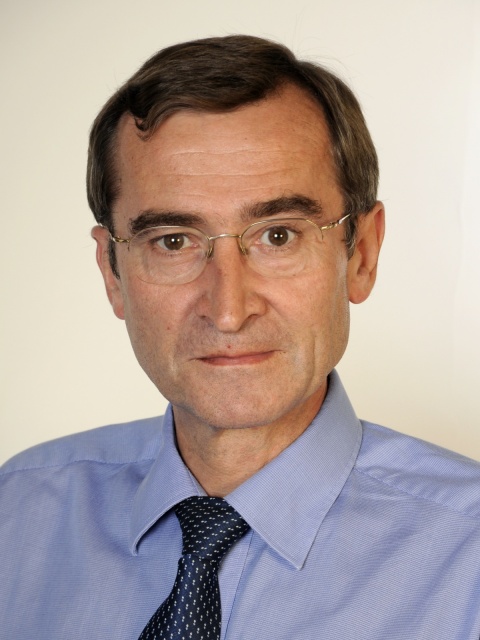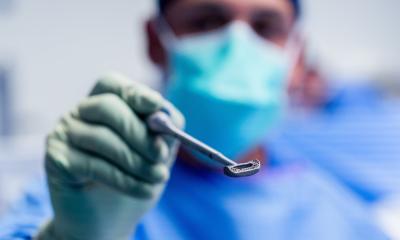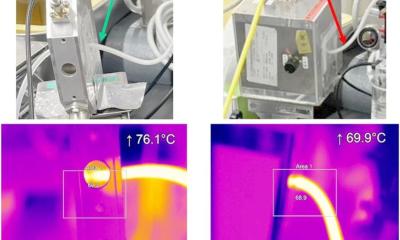Article • Crystal clear coloured
3D viewing benefits gastroenterology
During many and various 2015 medical congresses 3-D visualisation has been a key topic as the industry continues to introduce improved hardware and software in ever-shorter intervals. Interventional medicine is entering a new dimension, was a popular slogan. The crystal clear, coloured visualisation of body cavities previously only visible in cloudy black and white may be fascinating, but it does not replace the interpretation of images by an experienced doctor.
Report: Anja Behringer
Wide-angle and full-spectrum endoscopes may facilitate views behind folds and flexures during a colonoscopy but, from experience, the detection rate for the procedure is only around 58%. ‘Around 30% of polyps are not discovered during screening examinations,’ one experienced endoscopist pointed out.
Stereoscopic imaging was controversial as far back as the 1990s, but this subsided over time due to improvements in visualisation technology, which, in the early days, had not been so advanced. The significantly improved quality of imaging systems today gives rise to hope because they are at least on a par with the current 2-D display systems.
To check whether the user actually benefits from a measurable added value with 3-D images, under Feussner the MITI Research Group in Munich carried out a prospective clinical study. The latest 3-dimensional systems were compared to a high-end 2-D monitor system for laparoscopy.
Why promising approaches of 20 years ago were not pursued any further? Feussner: ‘The technical quality of stereoscopy back then was nowhere near as good as it is today. The cloudy view lead to tiredness and headaches for the users and the monitor glasses caused nausea.’
We cannot all see stereoscopically

The study specifically focused on the difference between doctors with little surgical experience and experts with longstanding surgical experience. ‘However, Feussner immediately clarifies, ‘Five percent of people cannot see stereoscopically.’ Even these days three-dimensional viewing is exhausting and takes getting used to. Despite this, none of the participants of the study complained about visual impairments or paraesthesia, not even with the glasses-based 3-D system compared to a 2-D display.
European Hospital wanted to know about other particular results the study delivered. ‘The most surprising finding is that even experienced experts benefited from the visualisation, even though they did not perceive it subjectively. But, we were able to prove this increase in efficiency objectively.’ When these findings catch on in the future, 3-D will become standard, at least for laparoscopy, the surgeon foresees.
Asked about further areas of application for this technology he referred to the first approaches in interventional, endoscopic manipulation in gastroenterology. ‘Theoretically our findings can be transferred here as well. However,’ Feussner stresses, ‘one limitation is that the technical requirements for such 3-D systems in endoluminal endoscopy are respectively even higher than in laparoscopic surgery, due to their significantly lower spatial depth.’ Nonetheless, he still believes that experimental and clinical studies on the subject will be beneficial for gastroenterology.
Profile:
Hubertus Feussner MD studied medicine at the Philipps University Marburg, and, following military service, took further medical training in Kassel, Bad Kissingen and at the Technical University of Munich. Specialising in internal medicine he pioneered minimally invasive surgery and was a founder and leader of the interdisciplinary research group ‘Minimally Invasive Interdisciplinary Therapeutic Intervention’ (MIT Institute). Other roles include Chairman of the Section for Computer- and Telematics-Assisted Surgery at the German Society of Surgery (CTAC) and board member of the German Society for Computer- and Robot-assisted Surgery (CURAC).
11.07.2016











